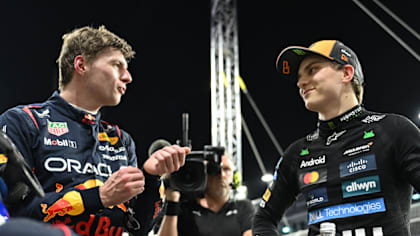Feature
Do you remember... F1’s first ever night race
Share
The circuit would be too narrow, the layout dull, the lights wouldn’t work - and rain would bring everything to a halt anyway. The critics were out in force well before F1 racing headed to Singapore in late September 2008 for the first ever night-time Grand Prix, but when the paddock assembled in Marina Bay all such fears melted away. The spectacular backdrop, sense of occasion and scintillating action made night racing an instant hit - even if the race itself would go down in history for very different reasons...
The cynics were silenced as soon as a car turned a wheel in anger. The circuit, save for some minor complaints, was superb. The lighting was exceptional. Rain was never an issue. And drivers, teams and the paddock were united in their praise - McLaren chief Ron Dennis went as far as to say it was a “real big step in the history of Grand Prix racing”.
Much of the early focus was on championship contender Felipe Massa. One point behind Lewis Hamilton coming into the weekend, the Brazilian qualified on pole a full 0.6s ahead of the Briton in second, and a huge crowd turned out to see the Ferrari lead the field away at the start. Massa soon looked to be cruising - as Fernando Alonso had said on the Saturday, “you can’t overtake at this track”.
But the race turned on lap 14. Nelson Piquet, Alonso’s under-pressure Renault team mate, hit the barriers and triggered the safety car - ideal timing for Alonso, who had just pitted as part of an aggressive race strategy employed due to starting 15th.
Some drivers, Williams’ Nico Rosberg among them, had to pit straight away, incurring penalties under the regulations of the time. Massa was at least able to wait until the pit lane officially opened, but his stop was even more disastrous.
1 / 13
Given a premature signal to exit by Ferrari’s semi-automatic pit system, Massa pulled away with his fuel hose still attached. It ripped as he departed, dropping his mechanics like dominoes and splashing fuel all the way down the pit lane until he eventually came to a halt, helplessly waiting for his crew to run down and repair the situation.
As he did so, any hopes of victory were extinguished. Three races later, with the title surrendered to Hamilton by one point, the significance of that chain of events was only too clear.
Alonso, meanwhile, capitalised to the full on his unexpected opportunity, building up a huge lead by the time a second safety-car deployment again interrupted proceedings when an unsighted Adrian Sutil crashed after Massa spun. The Spaniard then calmly opened the gap again to finish three seconds clear of Rosberg at the flag, with Hamilton close behind in third.
Singapore’s debut hailed a huge success, Alonso thus celebrated the first win of his Renault return and the team’s first victory in almost two years. As three-time world champion Sir Jackie Stewart put it, “Singapore has allowed F1 to rise above all the politics, all the disgrace, all the dramas and regulatory problems that we have seen over the last few months…”
But, of course, all was not what it seemed. Only 12 months later would the true irony of Stewart’s comments became apparent, when evidence emerged that Renault bosses had ordered Piquet to crash in order to benefit the strategy of his unknowing team mate. It earned the plot’s orchestrators lengthy bans from the sport - and secured the Singapore Grand Prix an instant place in Formula One folklore.
Marina Bay may no longer be the only floodlit venue on the calendar - its accomplishments were such that several venues have since emulated them - but Singapore's inaugural race is one that will remain forever etched in the minds of F1 fans the world over.
YOU MIGHT ALSO LIKE
FeatureF1 Unlocked POWER RANKINGS: Who lit up the streets of Jeddah during the Saudi Arabian GP weekend?
News ‘It's all about patience’ – Bortoleto admits transition from F2 title winner to F1 backmarker is ‘not easy’
News Minor refinements to 2025 regulations agreed at F1 Commission meeting
News 'That's what you need to fight for a championship' – Verstappen reveals key Piastri trait that could help him in title battle
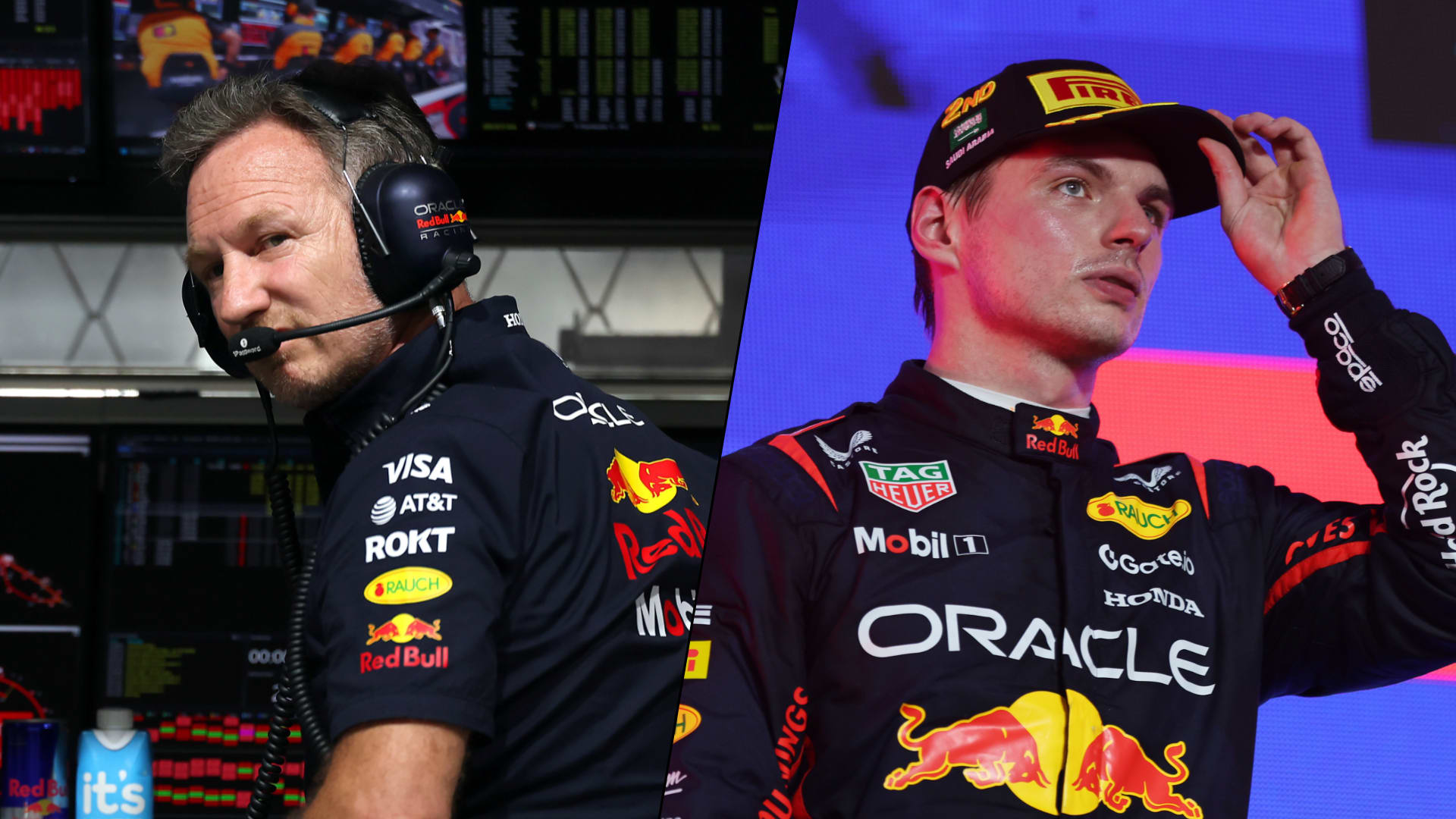
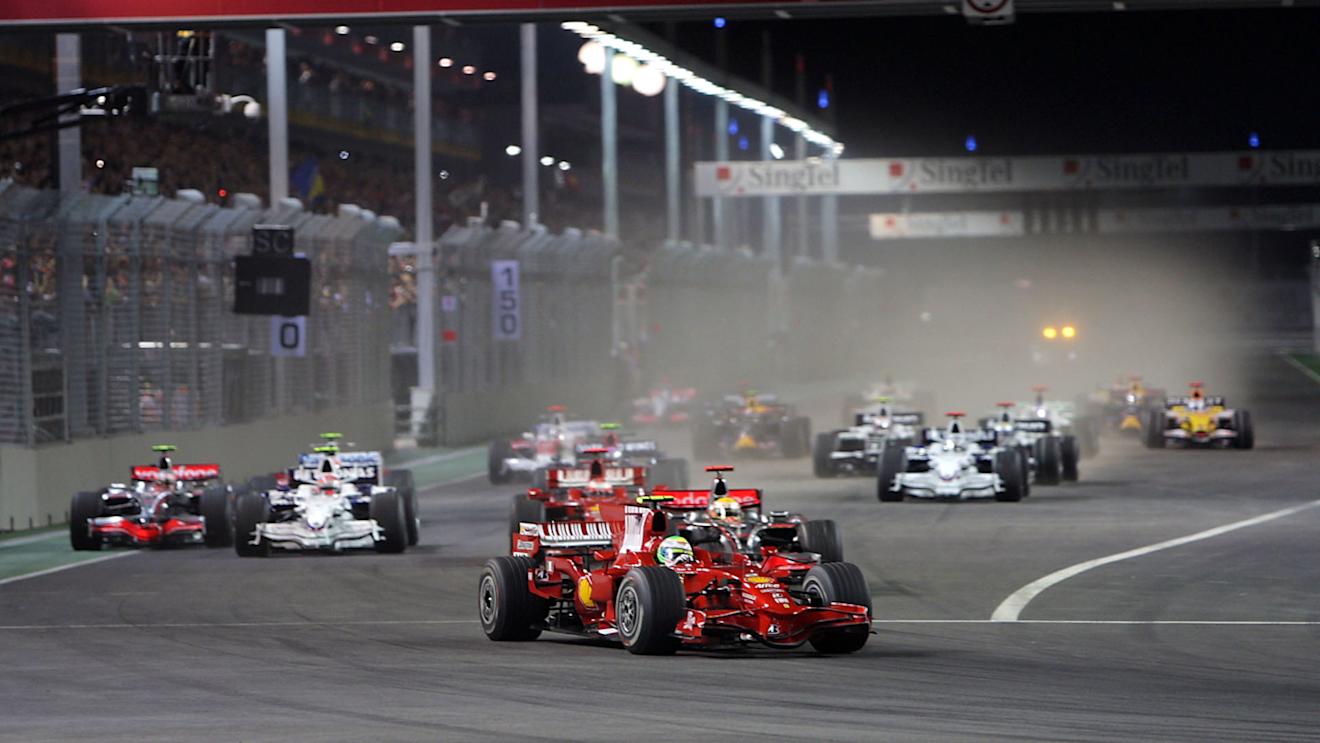
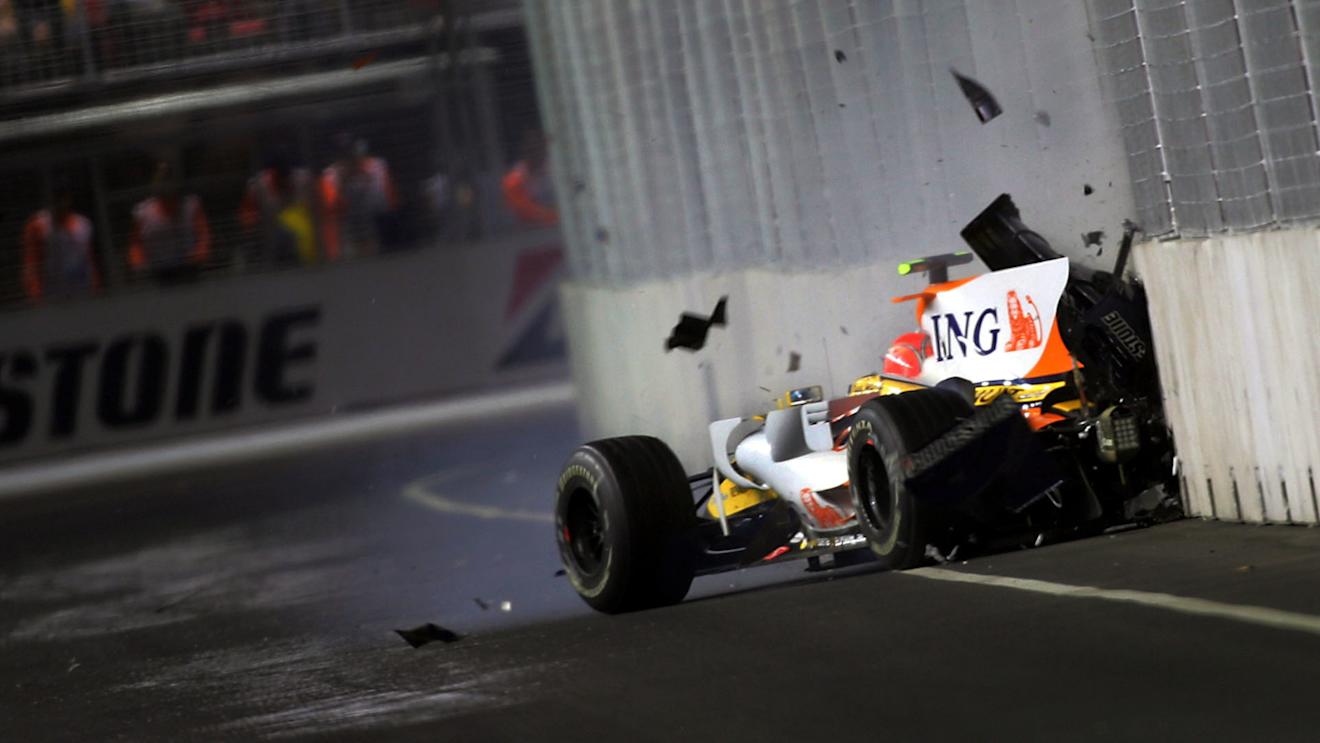
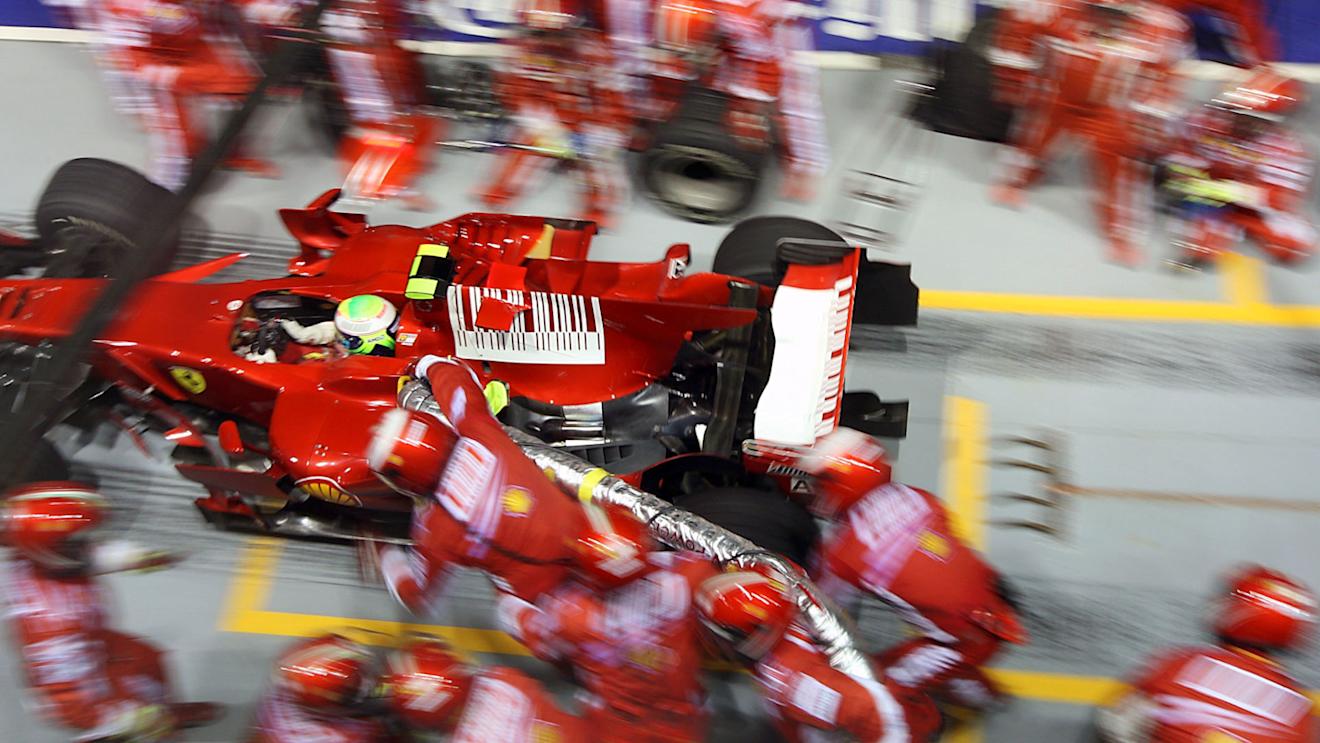
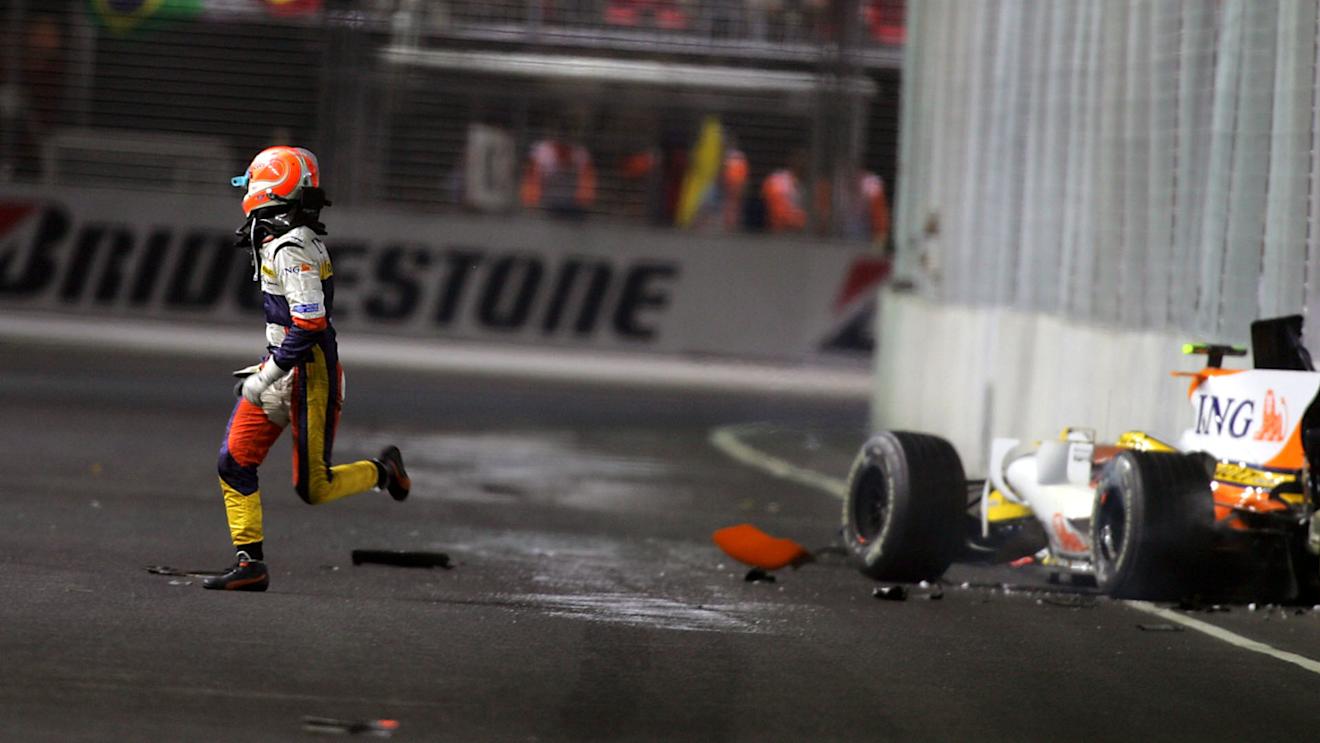
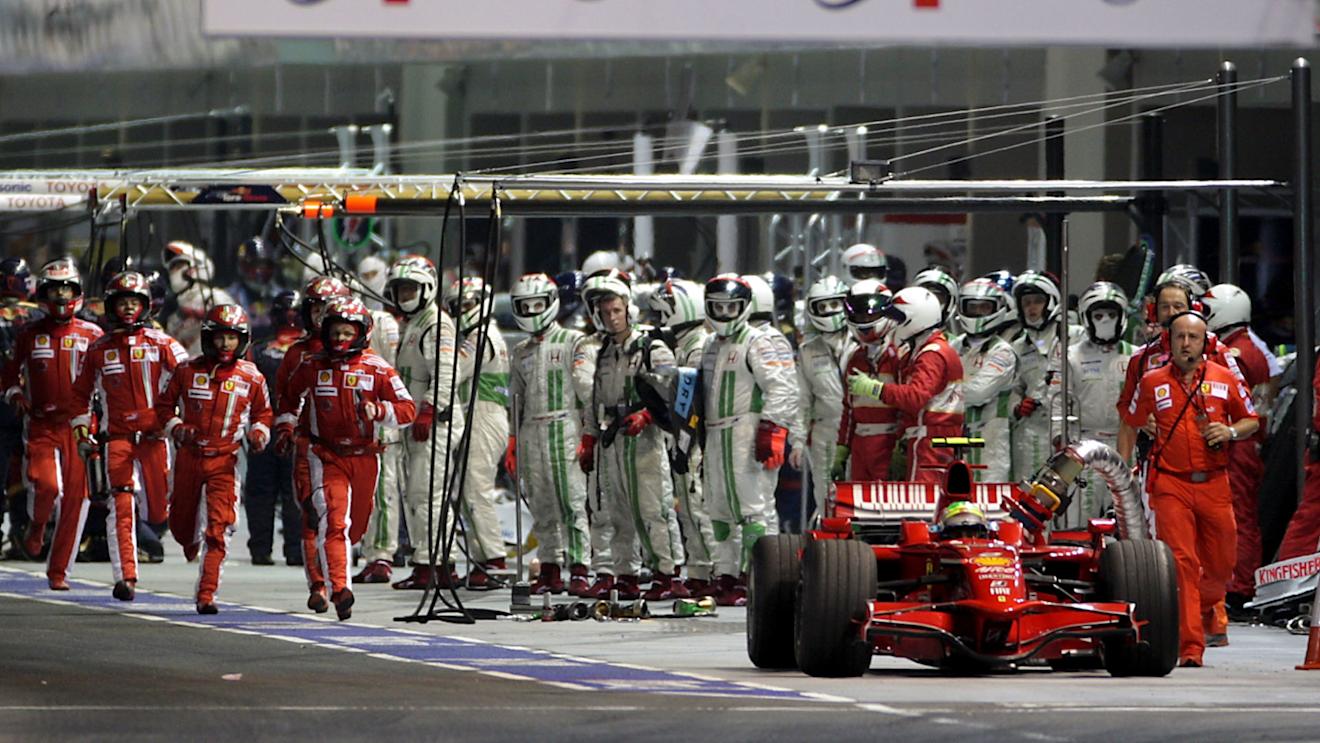
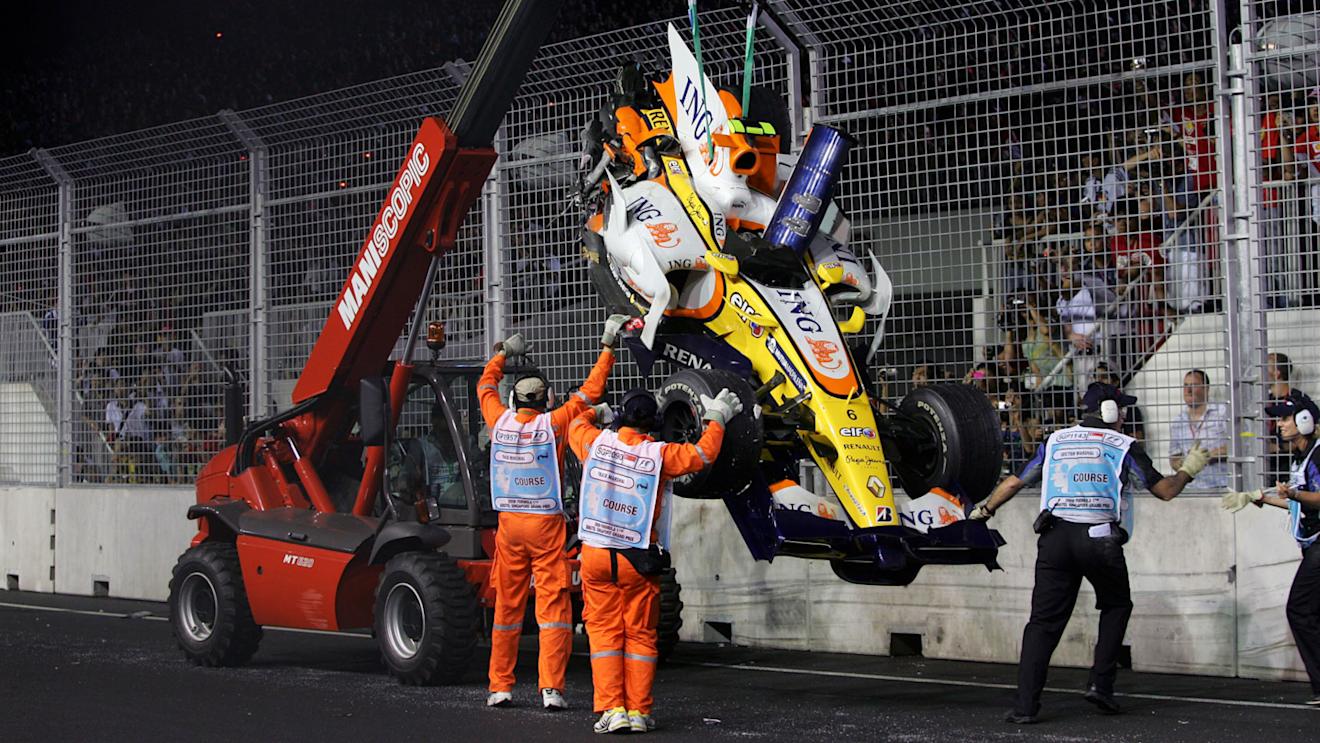
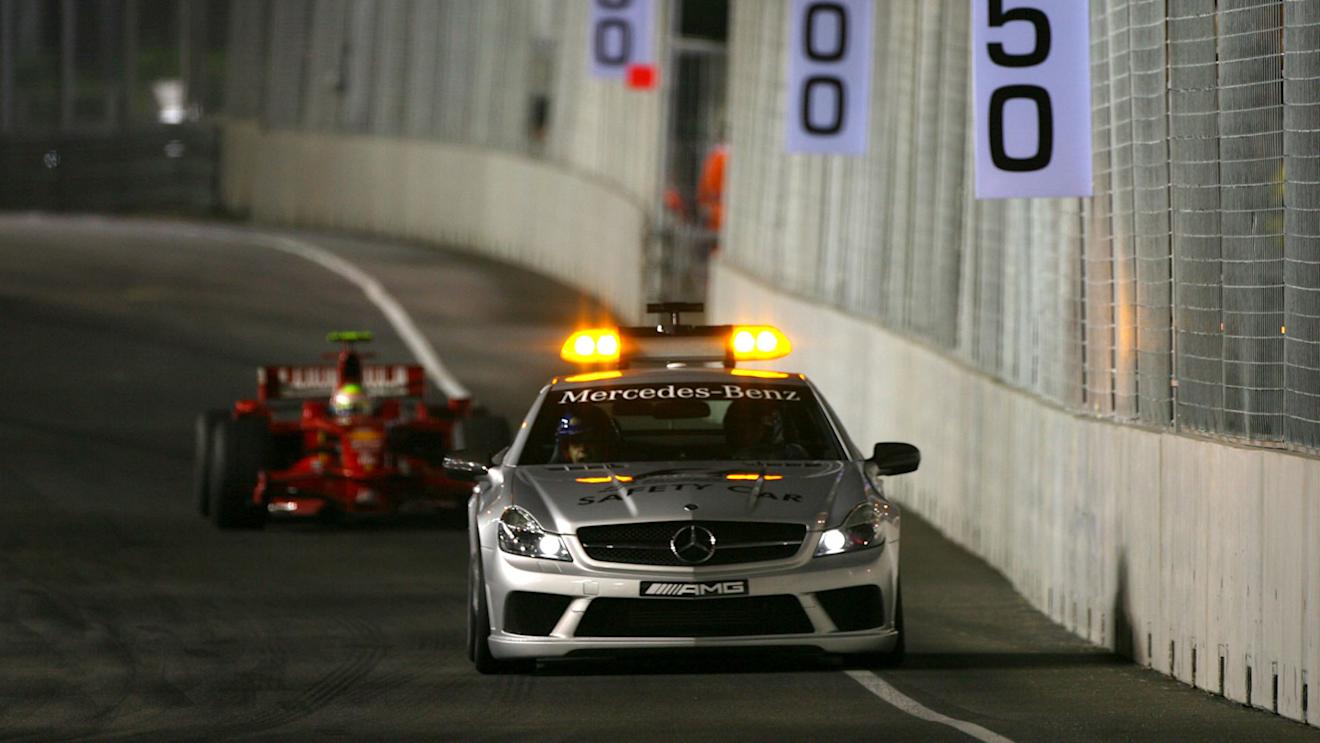
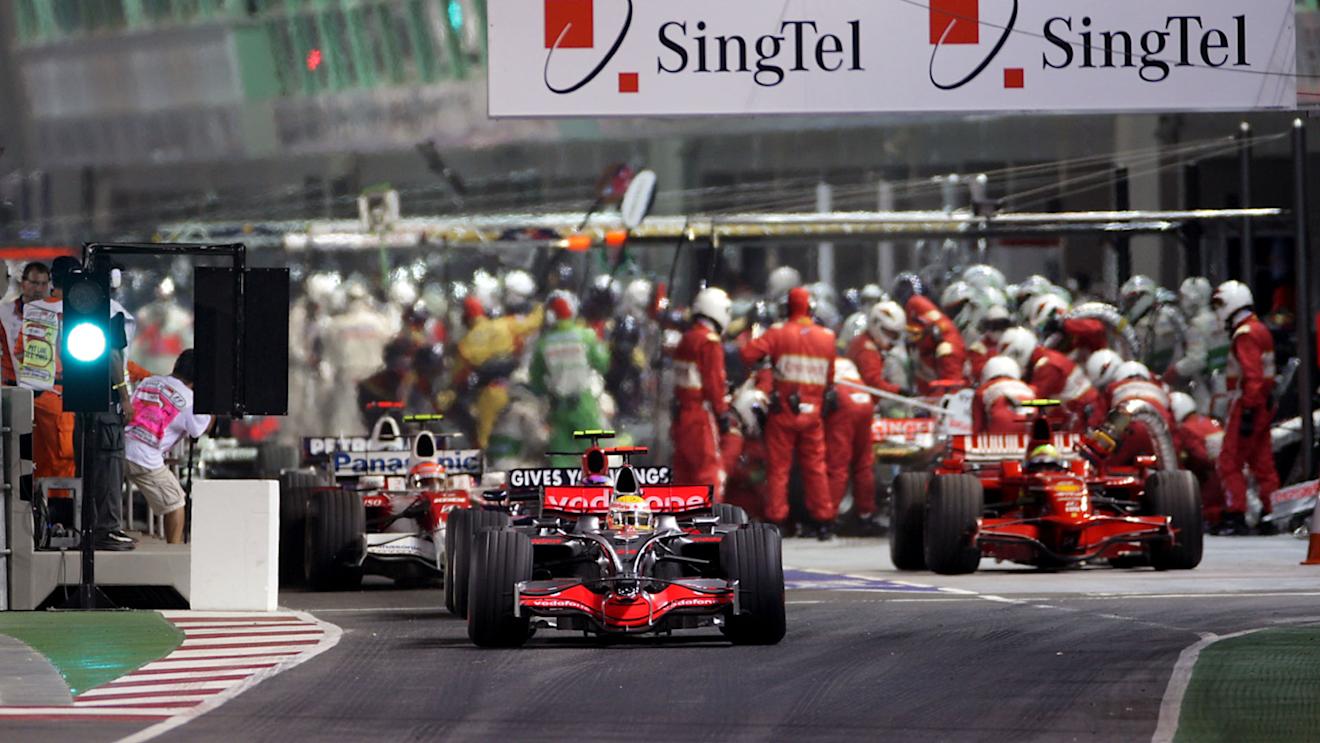
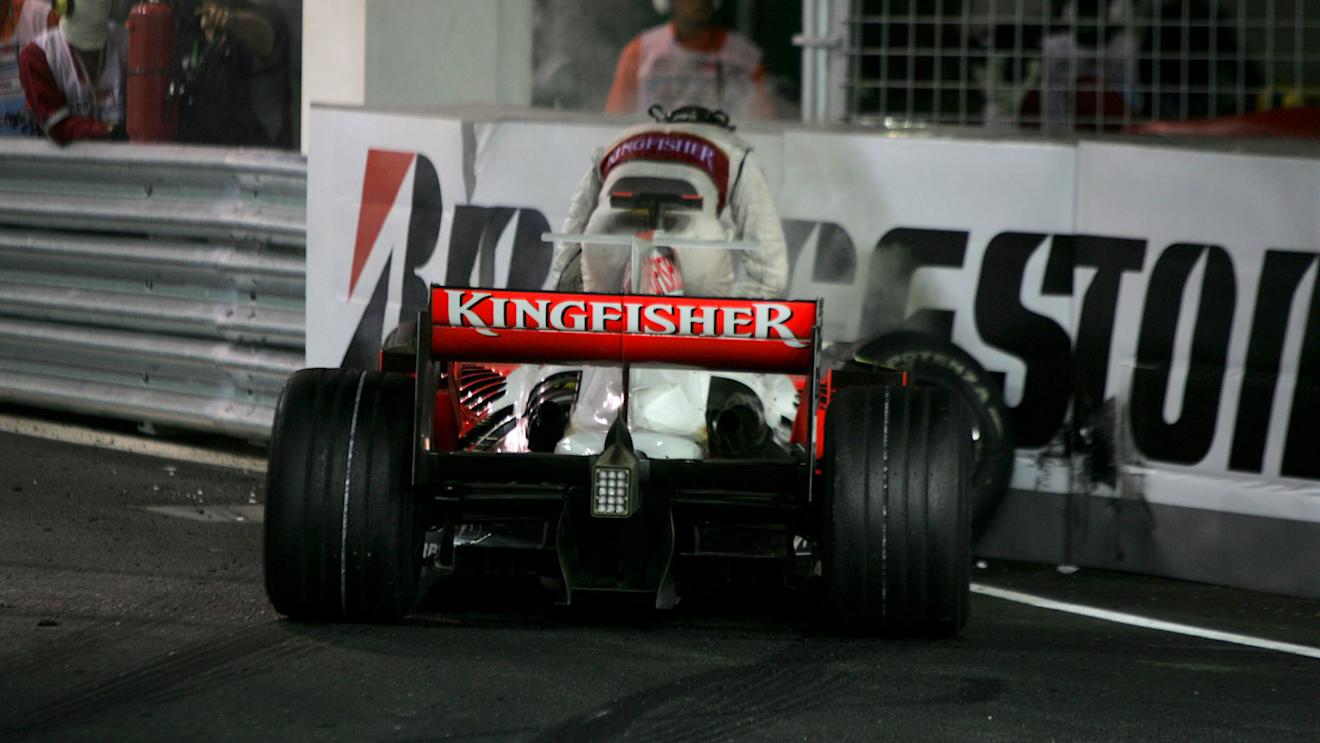

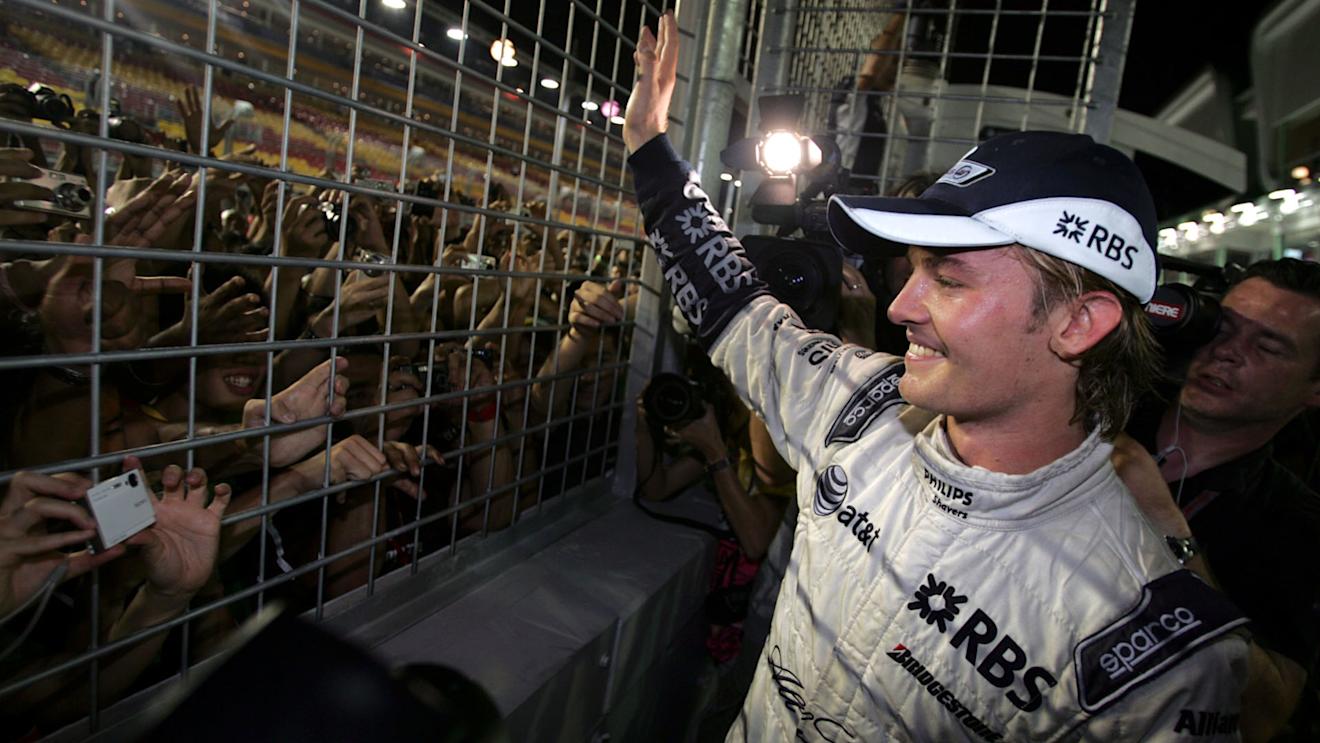
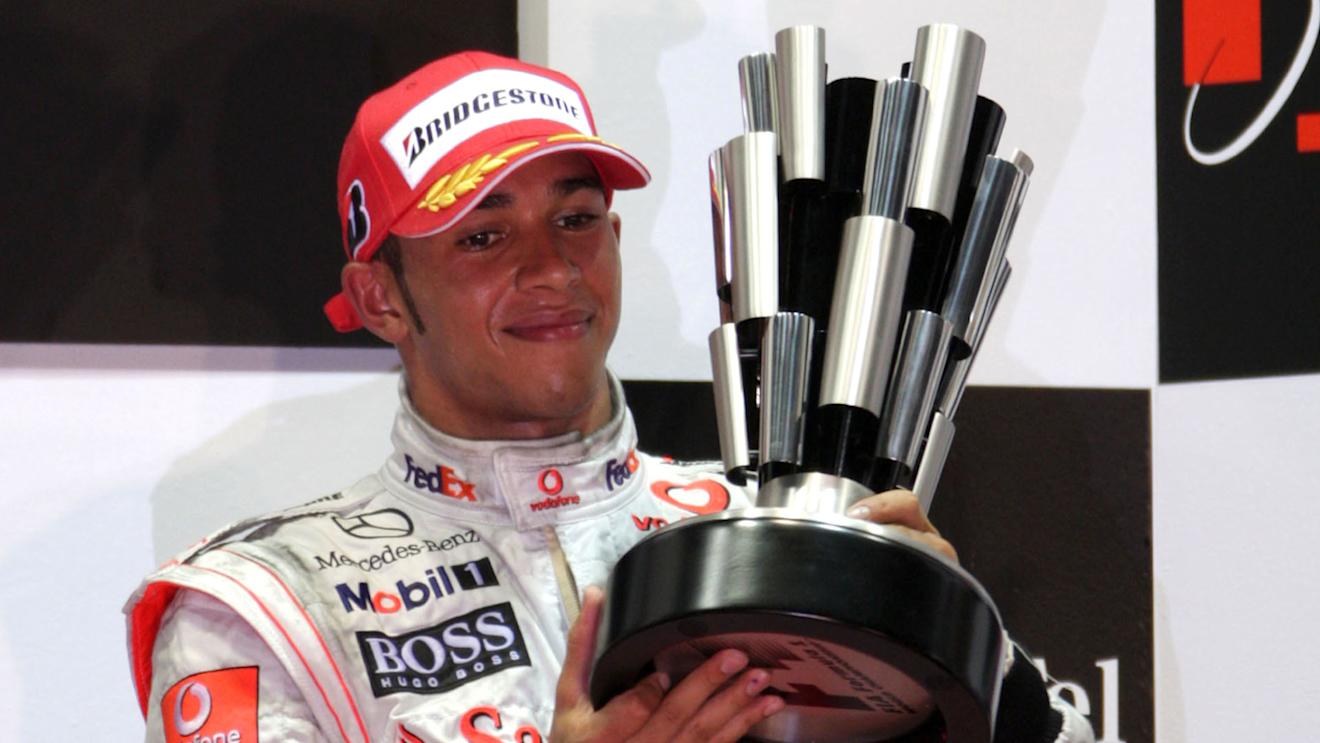
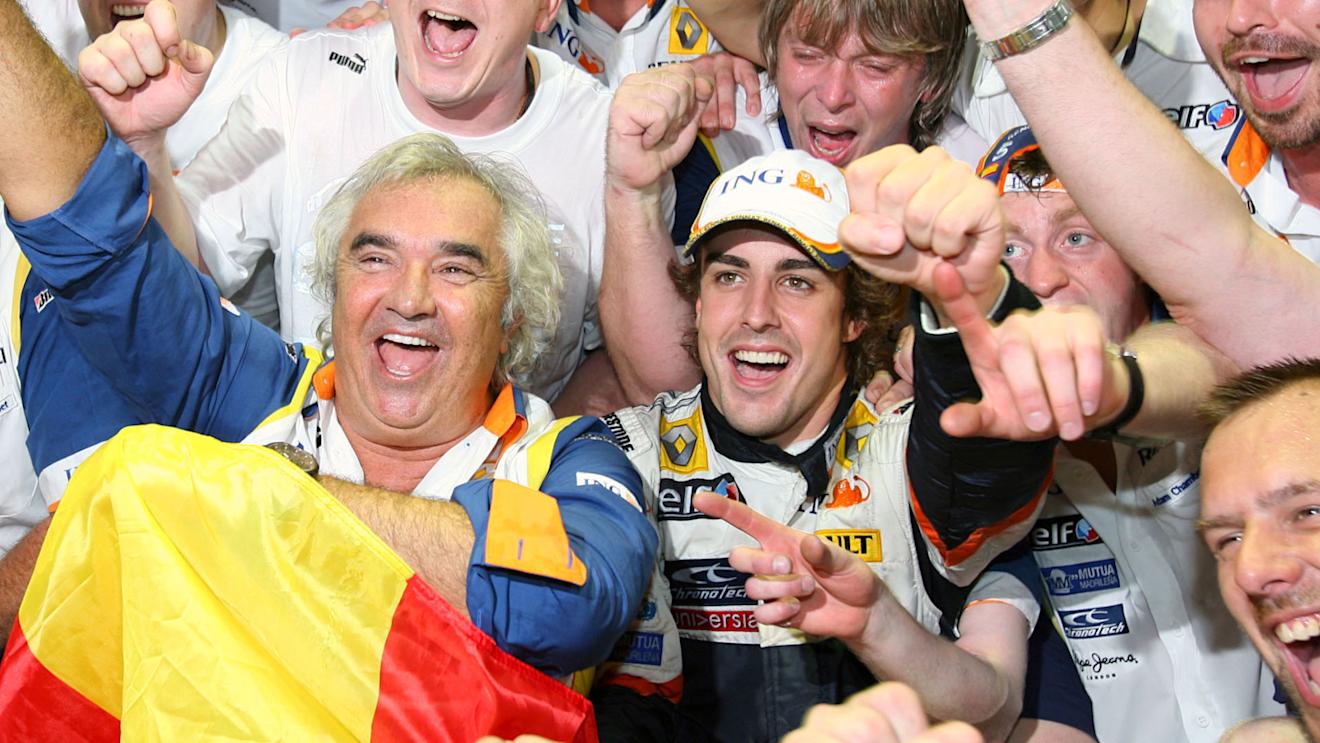
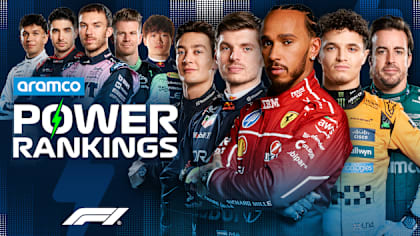
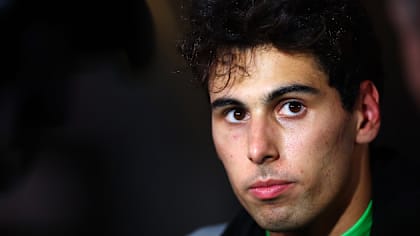
)
